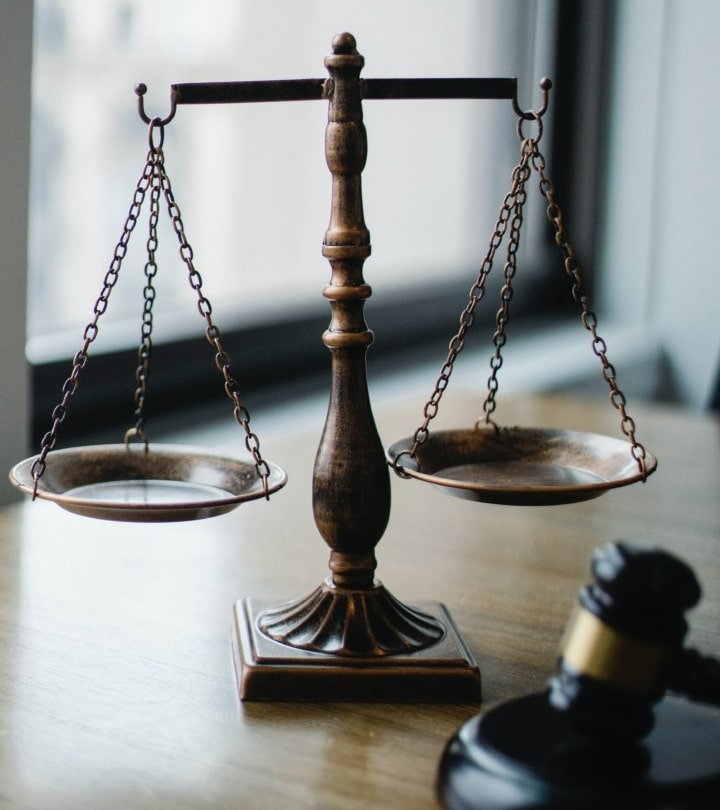Riding in the rain can be a lot of fun. You feel like a child skidding through puddles, but also like a badass since everyone else is inside on their trainer and you’re out in the world putting your kilometers in. It’s enjoyable on many levels—until you come home and have to clean up.
So, to prevent a major messe, a damaged bike, or even ruined clothing, follow these maintenance guidelines after bicycling in the rain. Can you ride electric bike in the rain? Yes of course, but by taking these precautions mentioned below.
Table of Contents
1. Clean Your Bike Right Away
There’s a reason cyclocross pit techs hurry for the washer after a race: leaving a muddy bike after riding in the rain merely means more labor later. While your bike is still wet, at the very least wash it down to remove mud and grit from the frame, tires, chain, and derailleur before it dries and hardens. “If you’re not cleaning your bike right away, it makes it simpler to conduct a more complete bike wash later,” says Sue Grandjean, a former elite mountain cyclist.
2. Make it dry
After cleaning your bike, pat it dry with an old towel. Rubber components like tires and grips do not need much maintenance; instead, concentrate on all metal components. Make an effort to address the steel hardware and ensure that it is dry to the touch before you finish.
After that, clean the rims
Riding in the rain damages both the rims and the brake pads unless you have disc brakes. When you stop, the road filth that adheres to the rim acts like sandpaper, wearing down both the rim and the brake pads. As a result, after riding in rainy conditions, you’ll want to concentrate on cleaning all of the abrasive filth off the rims and pads. If the dirt is not removed, your brakes may begin to make noise, become less efficient, and wear out faster.
Lubricate the cables
Cables, like chains, will lose lubrication and deteriorate faster in the rain. Drip a tiny bit of oil over the cables where they enter the housing to keep your bike shifting and braking smoothly. Once capillary action has carried a few droplets of lubrication into the housing, move through the gears and press the brakes several times to assist the lubricant make its way.
3. Learn to Dry Chains
Maintain the condition of your chain. We’ve already discussed how a clean and dry chain will provide the most efficient ride but can cost you money if it’s in poor working condition. A broken chain can damage your crankset and cassette, and you’ll hear it grinding away every time you ride until you repair it.
4. Ride Your Bike
After drying with a towel, bounce your bike or lean it at an angle to aid with water displacement. Apply lubricant to the area where cables enter or leave the frame. If your headset, pedals, or bottom bracket are producing a noise, don’t use lube or grease on them. It will not be the panacea. It will also leave a layer that will attract dirt and grit.
Please keep in mind that after riding in the rain, motorbike radiators get blocked with muck. (This isn’t truly mud. It is caused by fine dust particles in precipitation. When water evaporates by contacting a hot radiator, it creates a slime-like residue that is particularly difficult to remove. DO NOT USE PRESSURE TO WASH THE RADIATOR. Even little water pressure will bend the radiator’s fins.
The first rule of cleaning radiator fins is to never use a stream of pressurized water directly on the radiator since this might bend the fins and reduce cooling effectiveness. Rule number two is to always pre-soak the radiator with a weak to moderate stream of water before applying a shampoo.
If you don’t have time to completely clean the motorbike after each ride, at the very least wash it down and remove mud. Keeping it dirty will result in corrosion in a matter of days.
Wet riding gear should never be stored. Fungus will quickly develop on wet riding gear. Allow it to dry before storing it.
Here are some recommendations for waterproof riding gear:
Last but not least, ensure that both your personal accident insurance and the insurance on your motorbike are current. So if you fall due to unforeseeable circumstances, you are financially protected. If you want to learn more about insurance, we have an excellent article on how to obtain a better price when purchasing new insurance.












